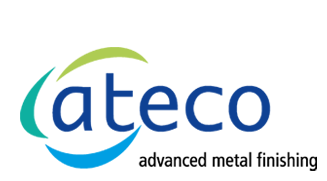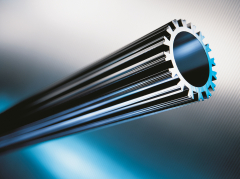Anodising aluminium
Anodic oxidation - an element of protection and design …
Anodic oxidation artificially creates a transparent oxide coating whose thickness, depending on application and instructions, ranges from 5 to 30 µm, which is much thicker than the natural oxide layer. A much higher protection level is achieved by this procedure and flawless appearance is maintained even in the long run. Anodised aluminium is also easy to clean. Moreover, this oxidation permits colour anodising, with the metallic look of the aluminium remaining intact.
What is anodisation?...
Anodic oxidation, also called anodisation or surface hardening by anodic treatment, is an electrochemical process that changes the surface of aluminium into aluminium oxide. The oxide coating is inseparably attached to the aluminium substrate, its thickness is adjustable within certain limits. In contrast to galvanic coating processes, a protective coating is not deposited on the workpiece but generated by changing the uppermost metal layer into an oxide or hydroxide.
Why is anodisation useful?...
Aluminium is a rather base metal. This negative factor inevitably facilitates quick oxidation, which is why aluminium exposed to air very quickly assumes a natural oxide skin. It is initially only a few hundredths of a micrometre thick, but grows over time into a coating layer which is able to protect the underlying metal, up to a certain degree, against corrosion. Especially in outdoor use, the best possible protection is desirable. Anodising, in contrast to other protective methods like coatings of paint or varnish, may keep the metallic look of the aluminium.





